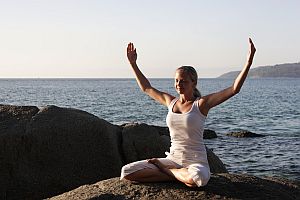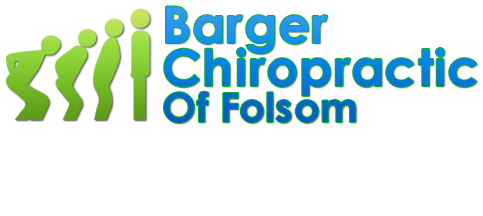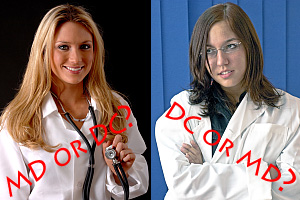 As the leading cause of disability in Americans under 45 years of age, lower back pain is the second most common reason why people visit their doctor. An estimated 60% to 80% of the adult population suffers from low back pain at some point in life, and traditional medical treatments are usually not effective in the long-term.
As the leading cause of disability in Americans under 45 years of age, lower back pain is the second most common reason why people visit their doctor. An estimated 60% to 80% of the adult population suffers from low back pain at some point in life, and traditional medical treatments are usually not effective in the long-term.
However, there are alternative ways of dealing with lower back pain that have been proven to be more successful and that do not involve drugs or invasive surgery. These include chiropractic care, massage therapy and—interestingly enough—yoga.
A study performed by researchers from Manchester and York Universities and published in the journal Annals of Internal Medicine found that those who participated in weekly yoga sessions showed significant improvement when performing everyday physical tasks such as walking, bending and getting dressed.
Lead author of the study, Professor David Torgelson, who is the director of the York Trial Unit at the University of York, said, “In the past when you had back pain, you were told to lie down until it passed.These days the main advice is to keep your back active. It seems yoga has more beneficial effects than usual care including other forms of exercise, although we have not carried out a direct comparison.”
A total of 156 patients with chronic lower back pain took one 75-minute yoga class once a week for 12 weeks in addition to seeing their regular physician, while 157 patients saw their physician only. Even nine months later, those who had taken the yoga classes were better able to perform everyday tasks than the group who had only had conventional medical treatment.
Another study of 228 people that was published in the Archives of Internal Medicine (a different journal than the one above) also found that regular yoga sessions improved function and reduced pain better than conventional medical care.
In both studies, the patients who were approved to participate all had non-specific back pain, which means that their pain was not diagnosed as being caused by a specific underlying condition such as a slipped disc, spinal stenosis, sciatica, etc.
There are a few reasons why yoga may be beneficial for lower back pain. First of all, yoga is a practice that both strengthens and stretches the muscles. A qualified yoga teacher will know which are the most beneficial poses for you to practice based on your body’s condition and ability. For instance, tight hamstrings can tilt your pelvis to an angle that does not provide sufficient support to your back.
Gentle yoga stretches in this area can help to realign the pelvis, taking pressure off your lower back. At the same time, certain yoga poses strengthen the core muscles of the trunk, which are the most important in giving proper support and flexibility to the upper body as it moves, again taking pressure off the back.
Before beginning any yoga class to treat your lower back pain, be sure to consult with your doctor to rule out any underlying problems that may be causing your pain. You should also let your yoga instructor know about your back pain so that he or she can choose the appropriate poses for you and adapt any poses so that they do not exacerbate the problem. As these studies have shown, engaging in yoga practice on a regular basis can help to relieve back pain and get you moving again.
Dr. Jim Barger has over 25 years experience treating thousands of Folsom area residents with safe, effective chiropractic care. Call now at 916-984-9999 or stop by to visit our office at 231 Blue Ravine Road, Suite 200, Folsom, CA today!








